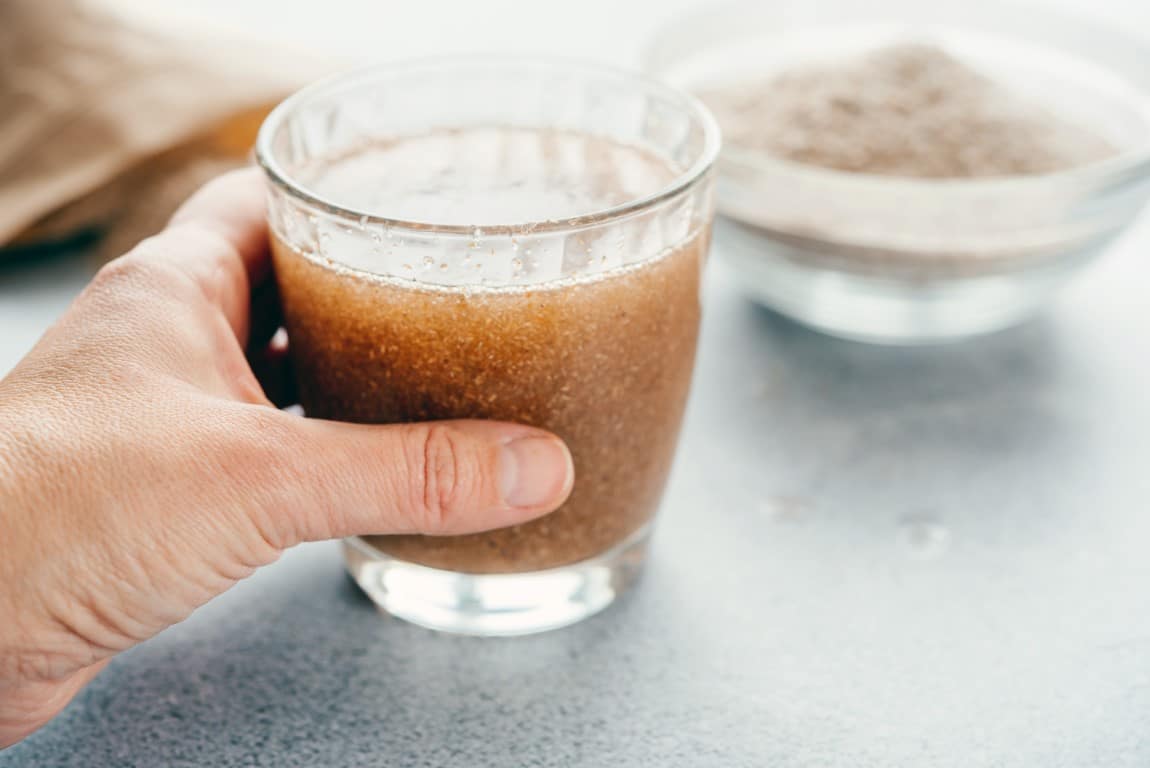There are two types of dietary fiber, and their properties differ according to their effects on the human intestine. On the one hand, there is soluble fiber, which has the ability to dissolve into water and be fermented by the bacteria present in the human intestine. On the other hand, there is insoluble fiber, which is formed by substances without the ability to dissolve into water or be fermented.
Soluble fiber
Fermentable fiber, or soluble fiber, includes a group of substances present in many fruits and vegetables. This type of fiber has the ability to dissolve into water and delay gastric emptying, slowing down the intestinal transit. Moreover, it is almost totally fermented by the colon intestinal flora, increasing the mass of bacteria in the stools, the volume of the stools, and, therefore, bowel transit time. Fermentation produced by this type of fiber leads to an unspecified bacterial overproduction.
The fiber’s ability to retain water, especially soluble fiber, causes abdominal distension, boosting the feeling of fullness. Furthermore, by forming viscous gels, it catches scattered nutrients, leading to a slower gastric emptying to the duodenum. This causes a decrease of sugar absorption in the duodenum, preventing high blood sugar levels. The same happens with cholesterol molecules.
Insoluble fiber
Insoluble fiber includes substances found in the hard parts of foods of vegetable origin, such as fruits, vegetables, legumes, and cereals. Given its properties (scarce viscosity in the stomach and the small intestine, low fermentation in the ascending colon, ability to retain water in the distal colon), the fecal bolus and the intestinal peristalsis increase, boosting bowel transit time. It is worth noting that insoluble fiber is much less vulnerable to the microbiota, contributing to fecal matter.
In that regard, by stimulating propulsive movements, wheat bran (rich in insoluble fiber) highly increases non-digested waste, directly increasing the intestinal mass, accelerating intestinal transit.
So, is it necessary to consume both types of fiber?
Decidedly, YES. Their remarkable differences make it essential to consume sources with both types of fiber, which will assure an adequate intestinal health.
On the one hand, soluble fiber causes:
- Feeling of fullness
- Slow intestinal transit
- Increase of the microbiota in the colon
- Decrease of blood sugar and cholesterol levels
On the other hand, insoluble fiber causes:
- Increase of fecal volume
- Increase of intestinal peristalsis through propulsive movements.










